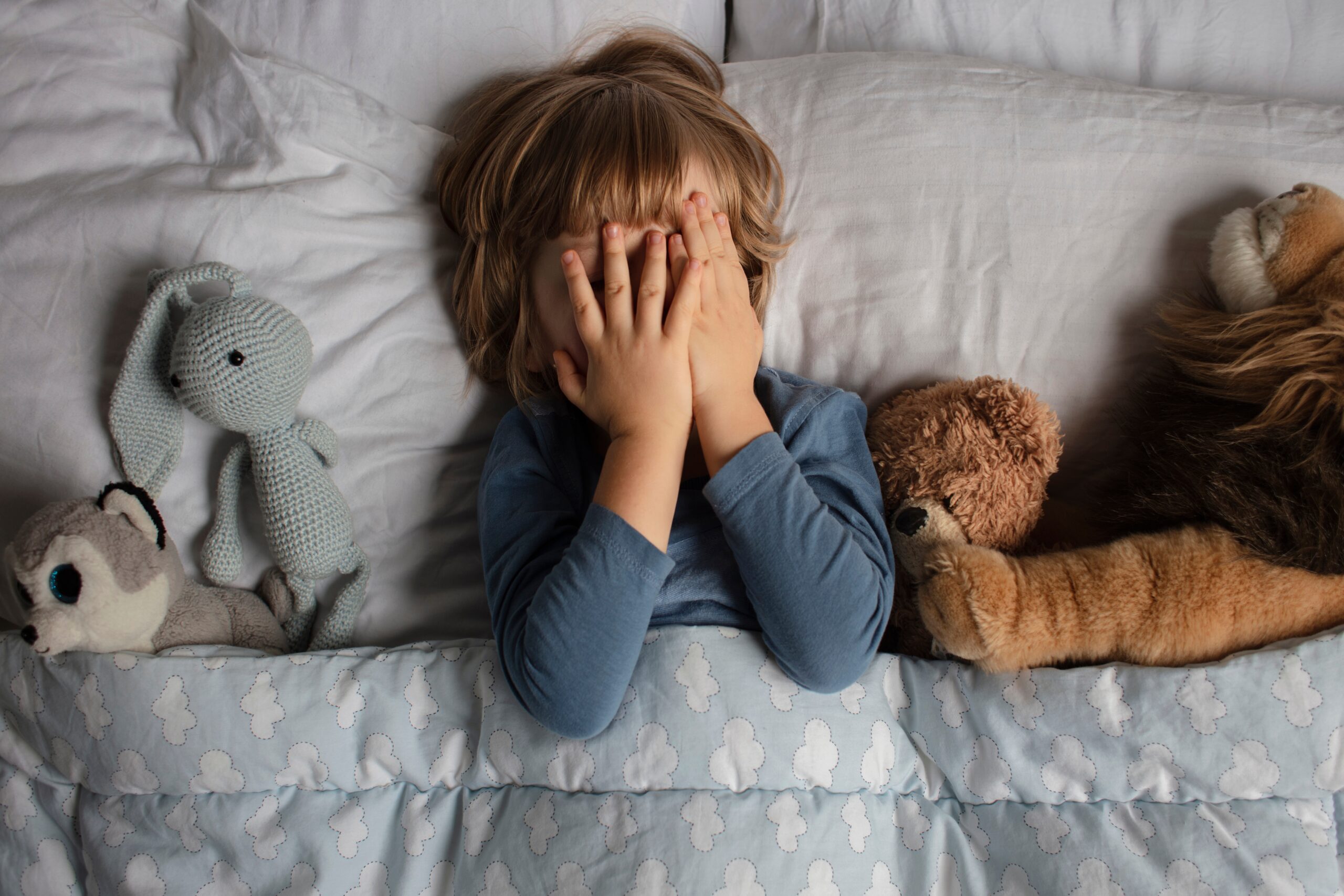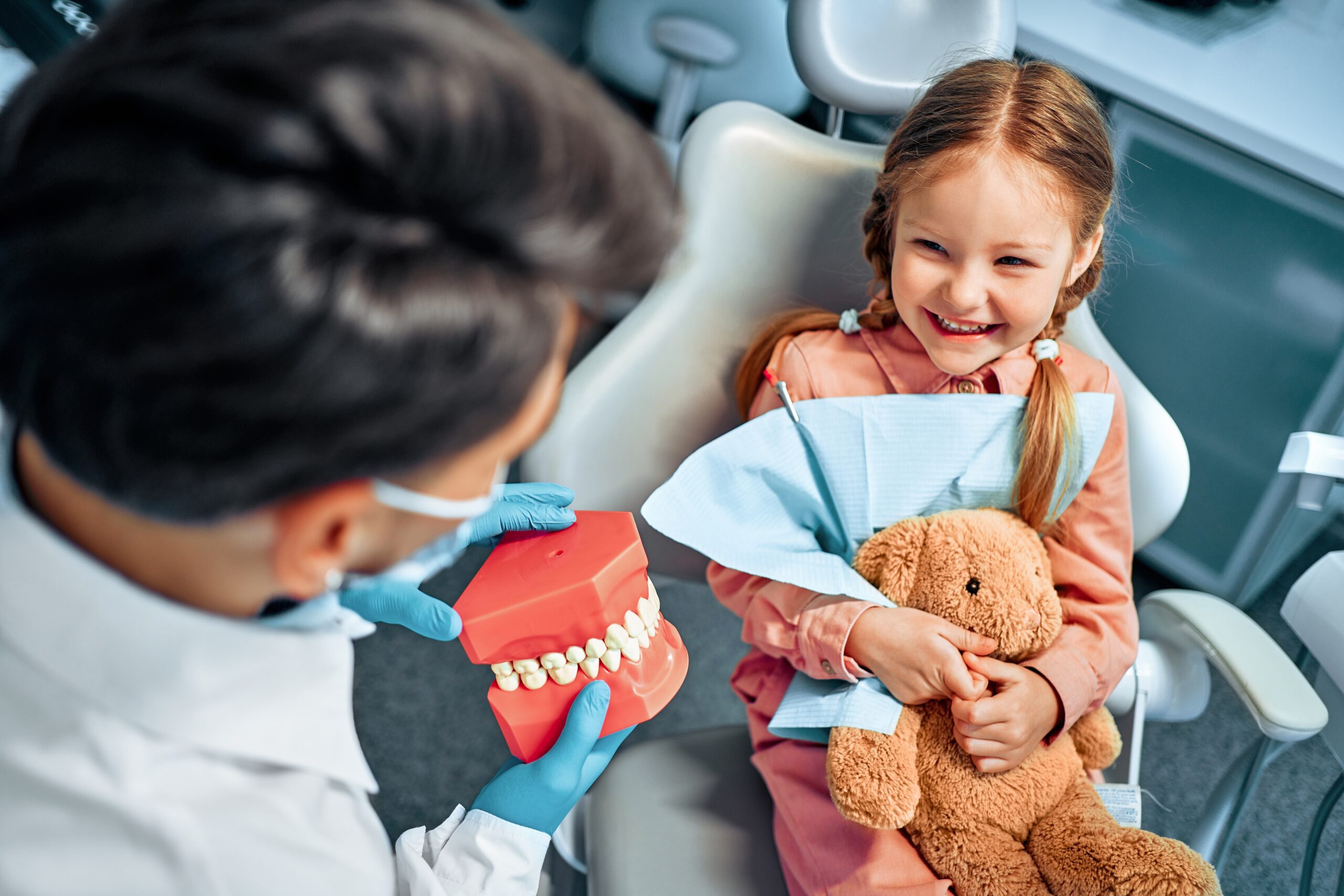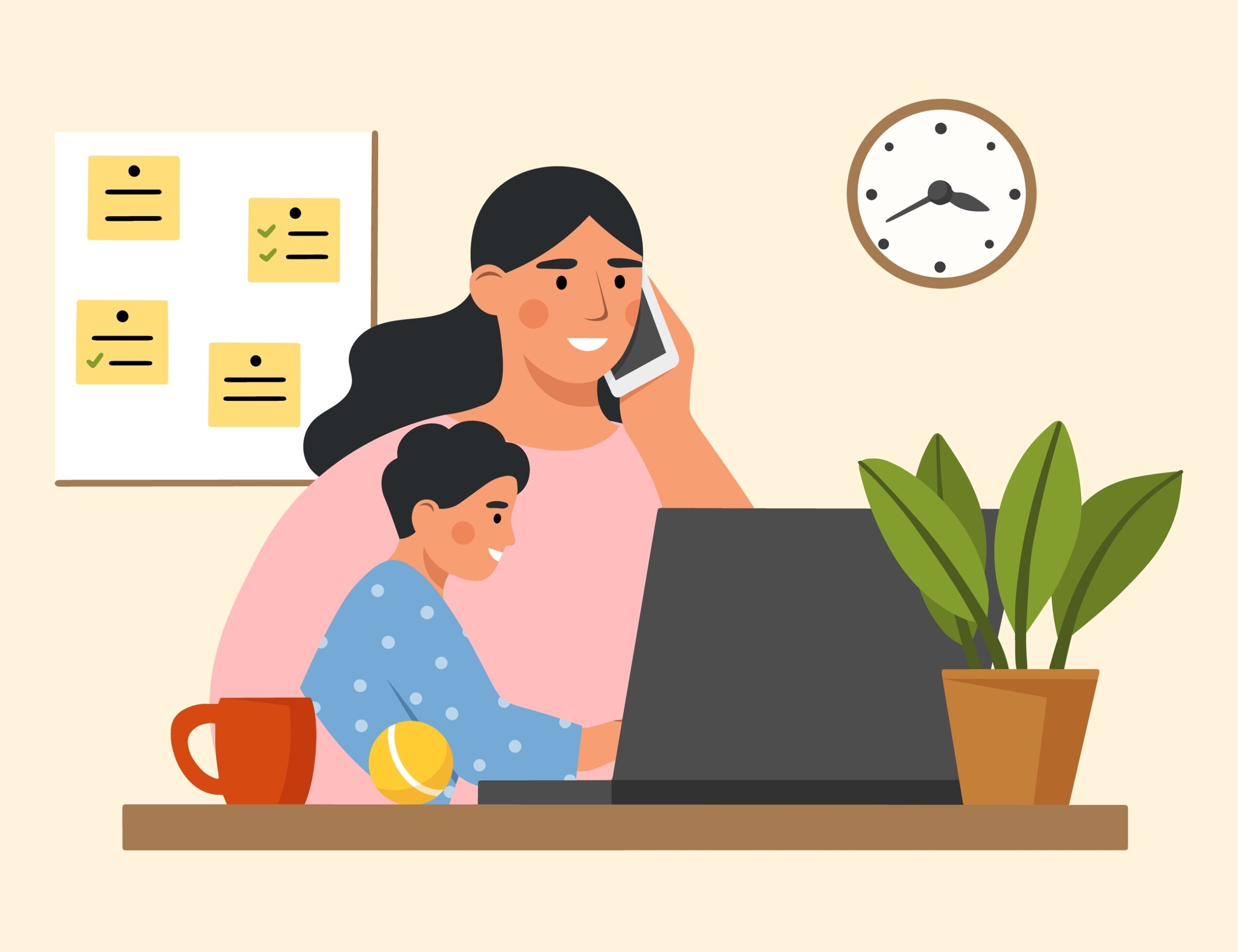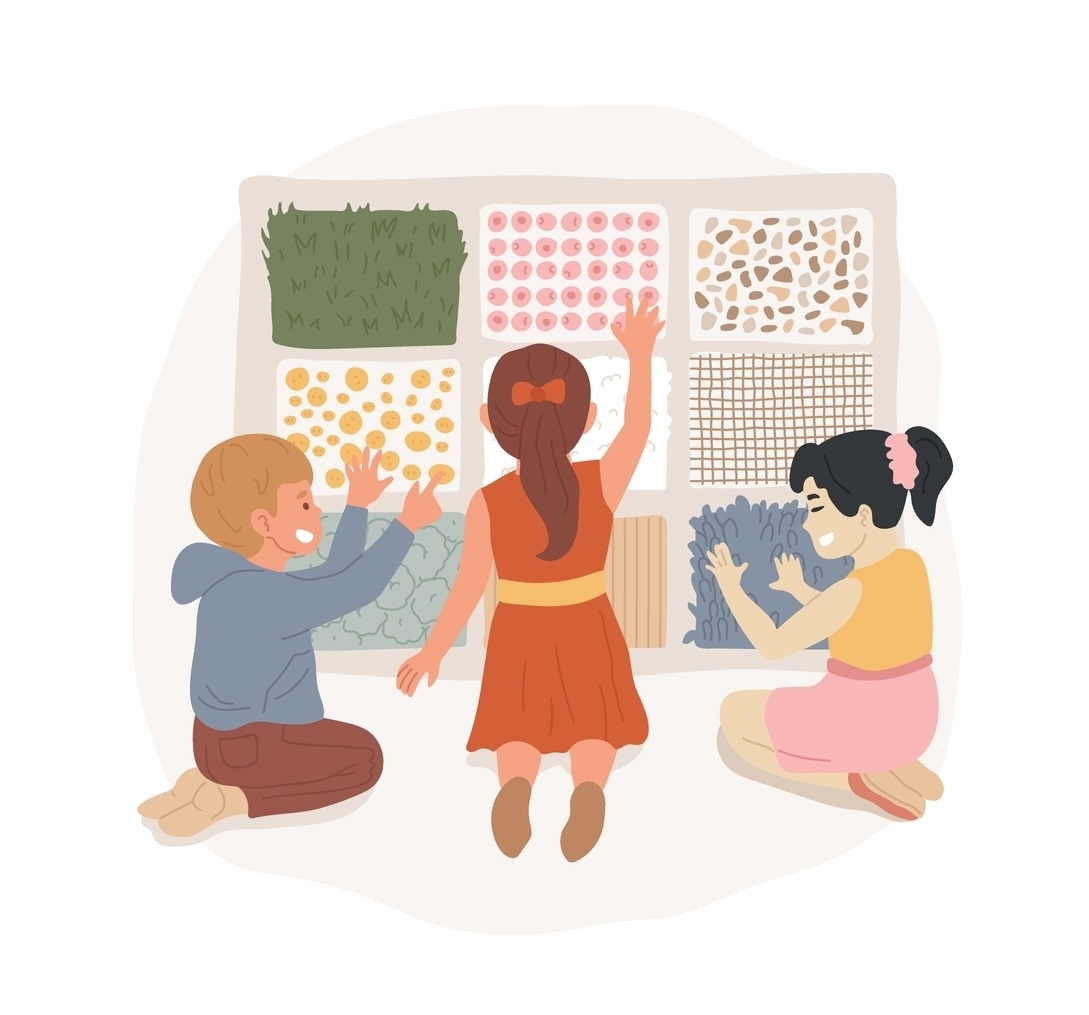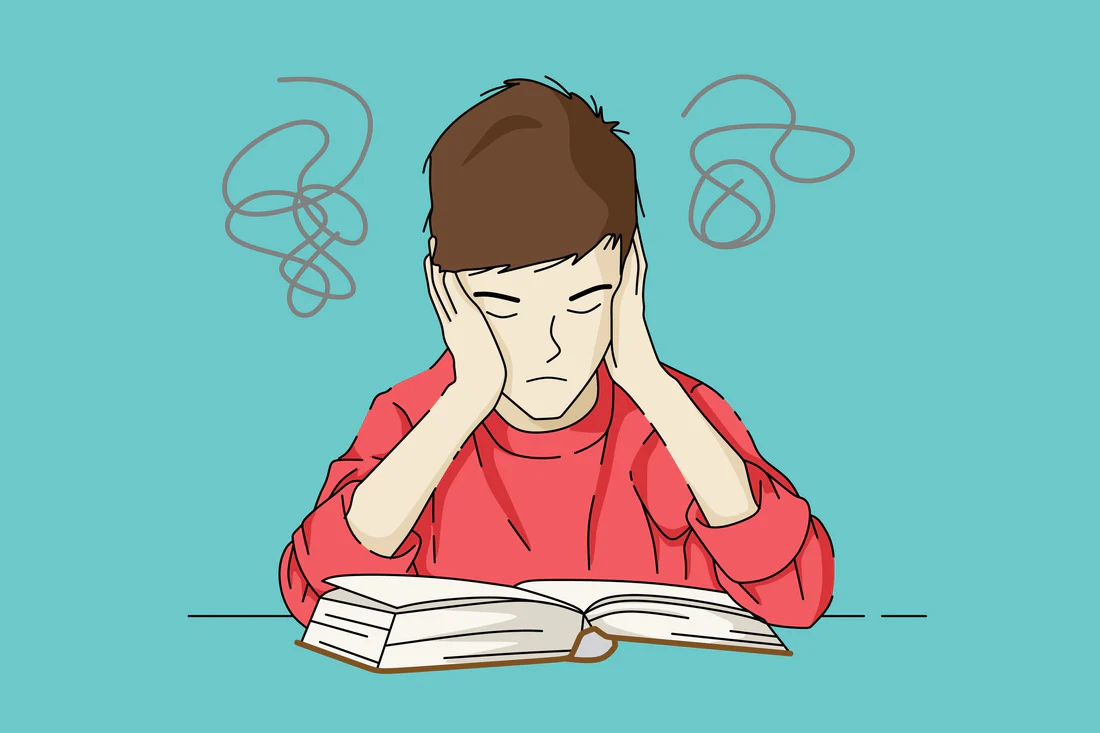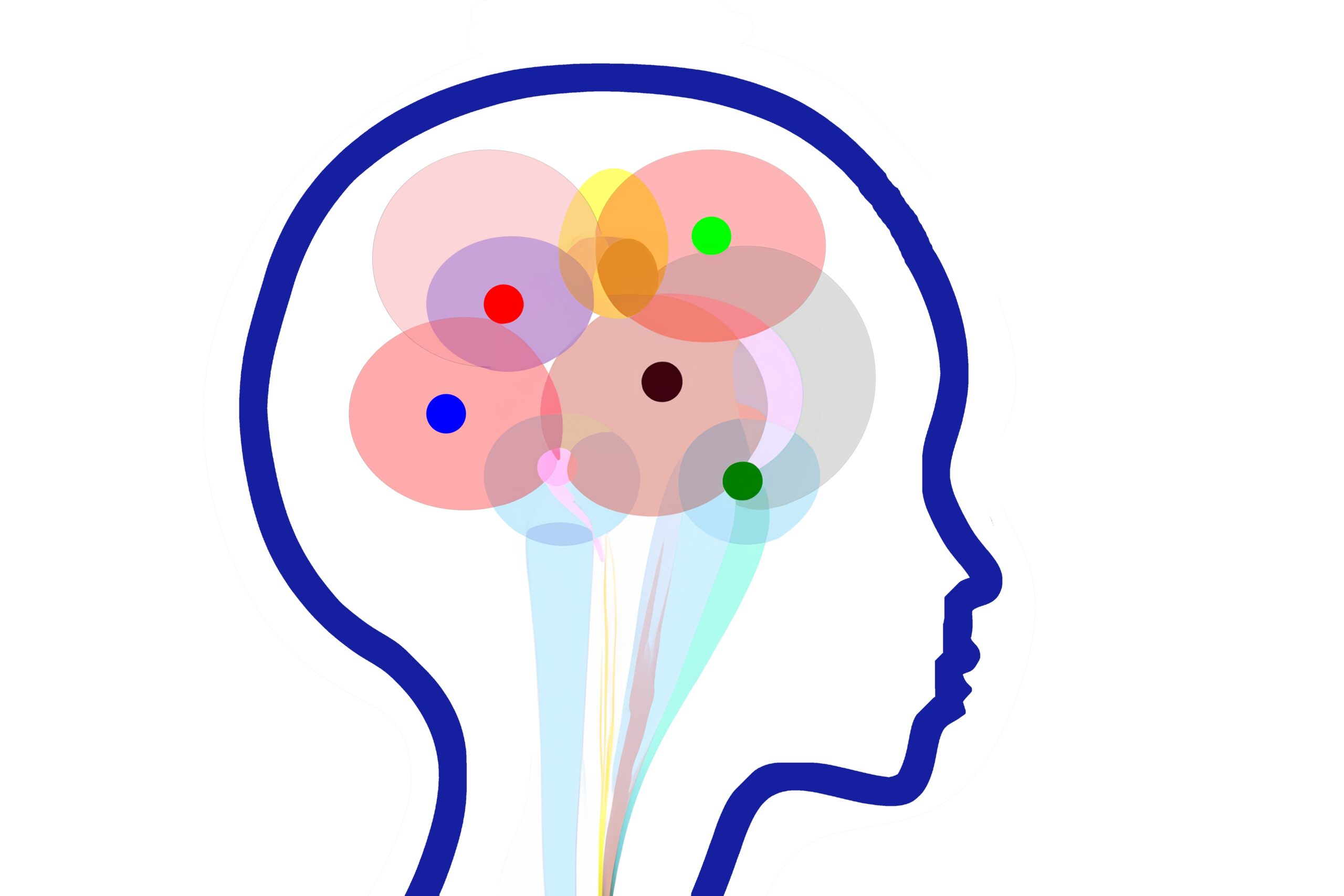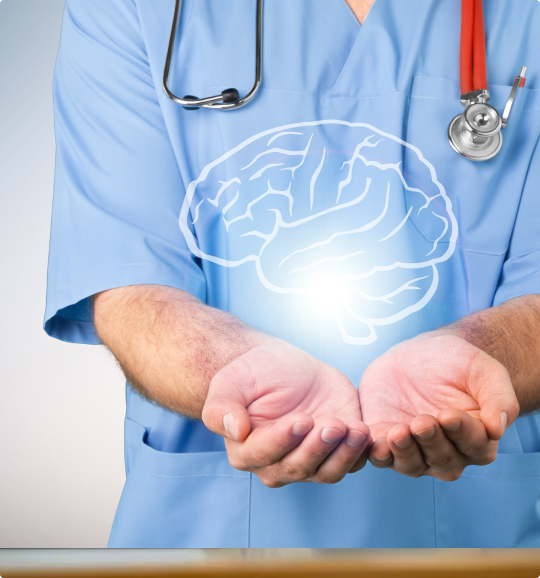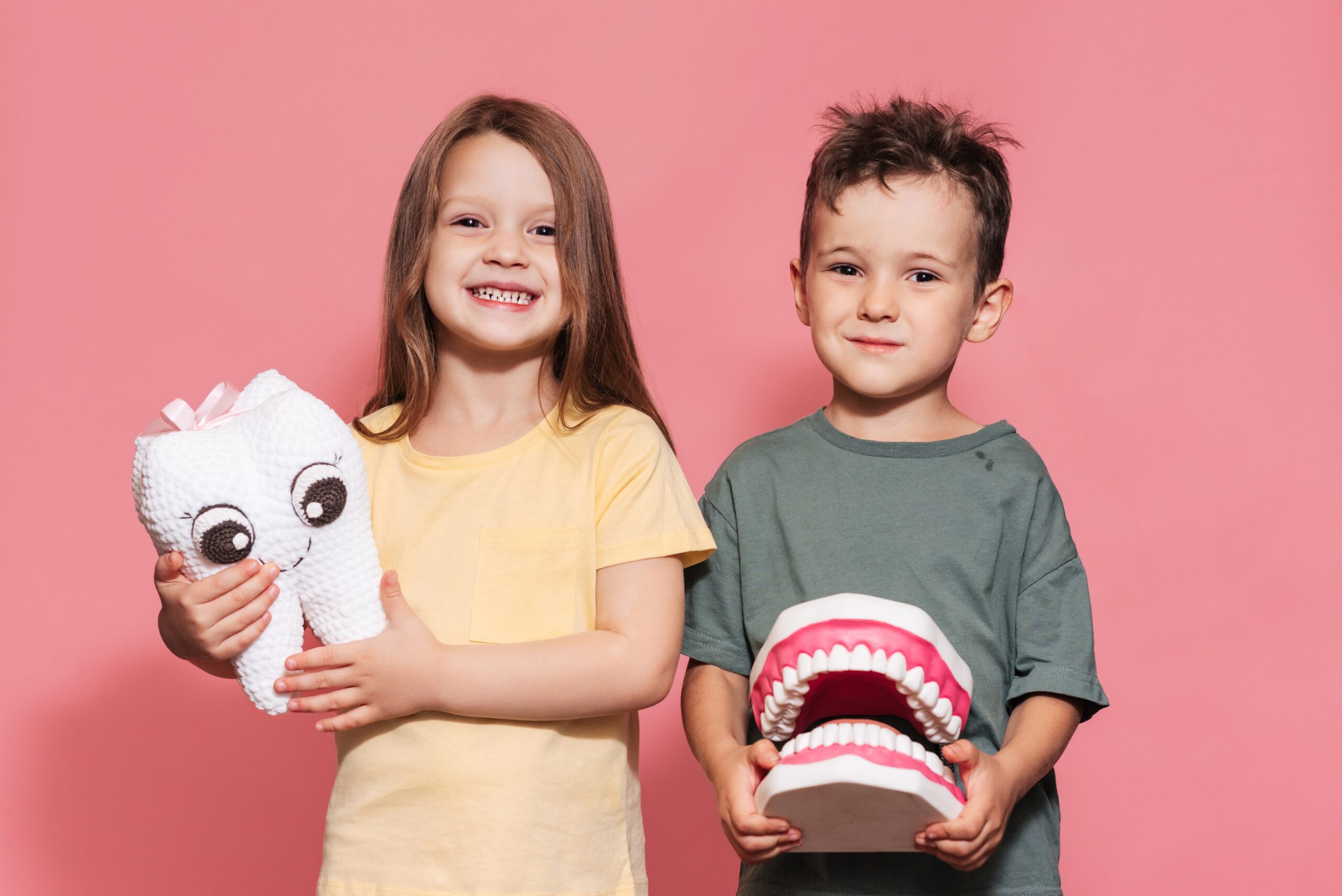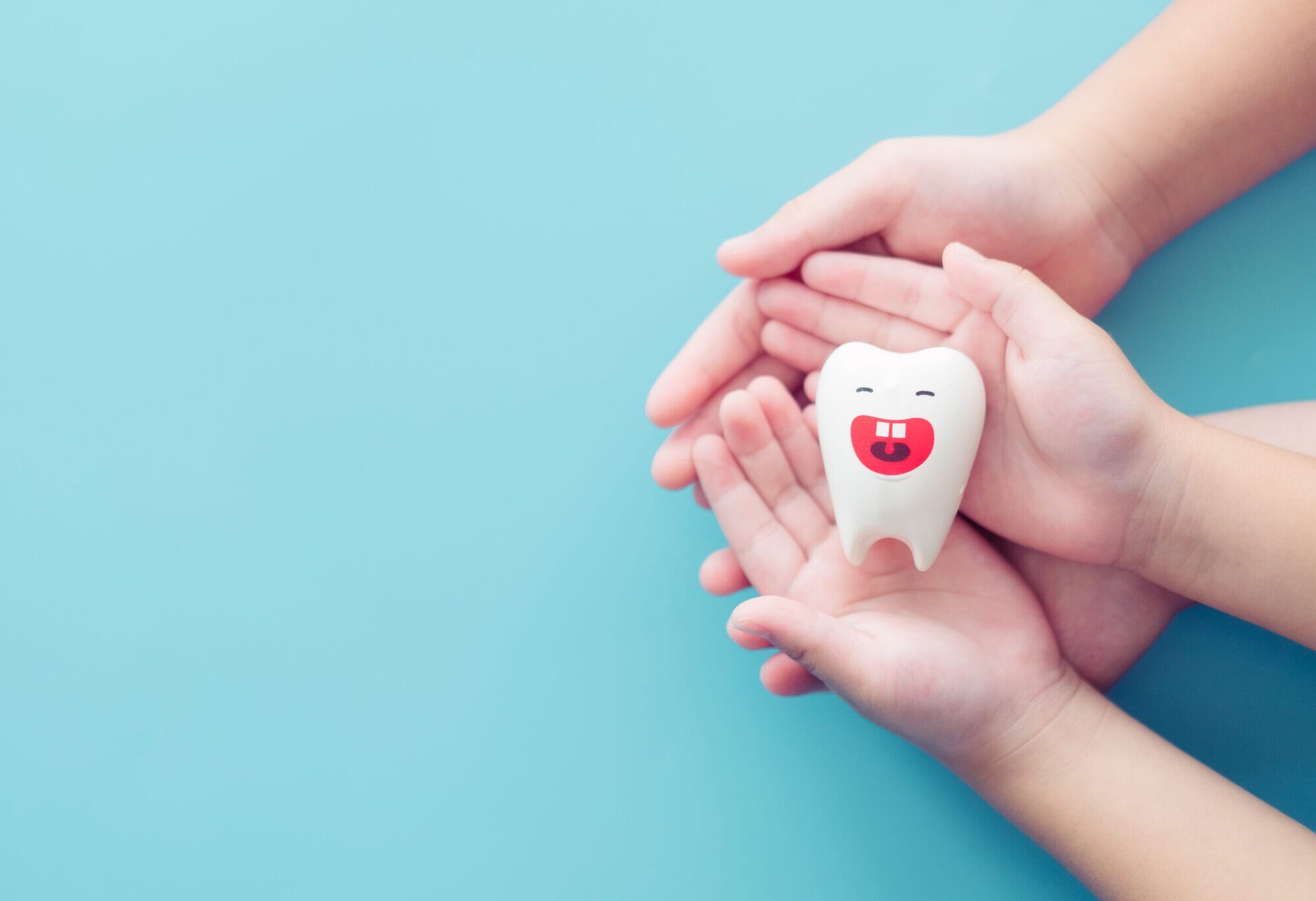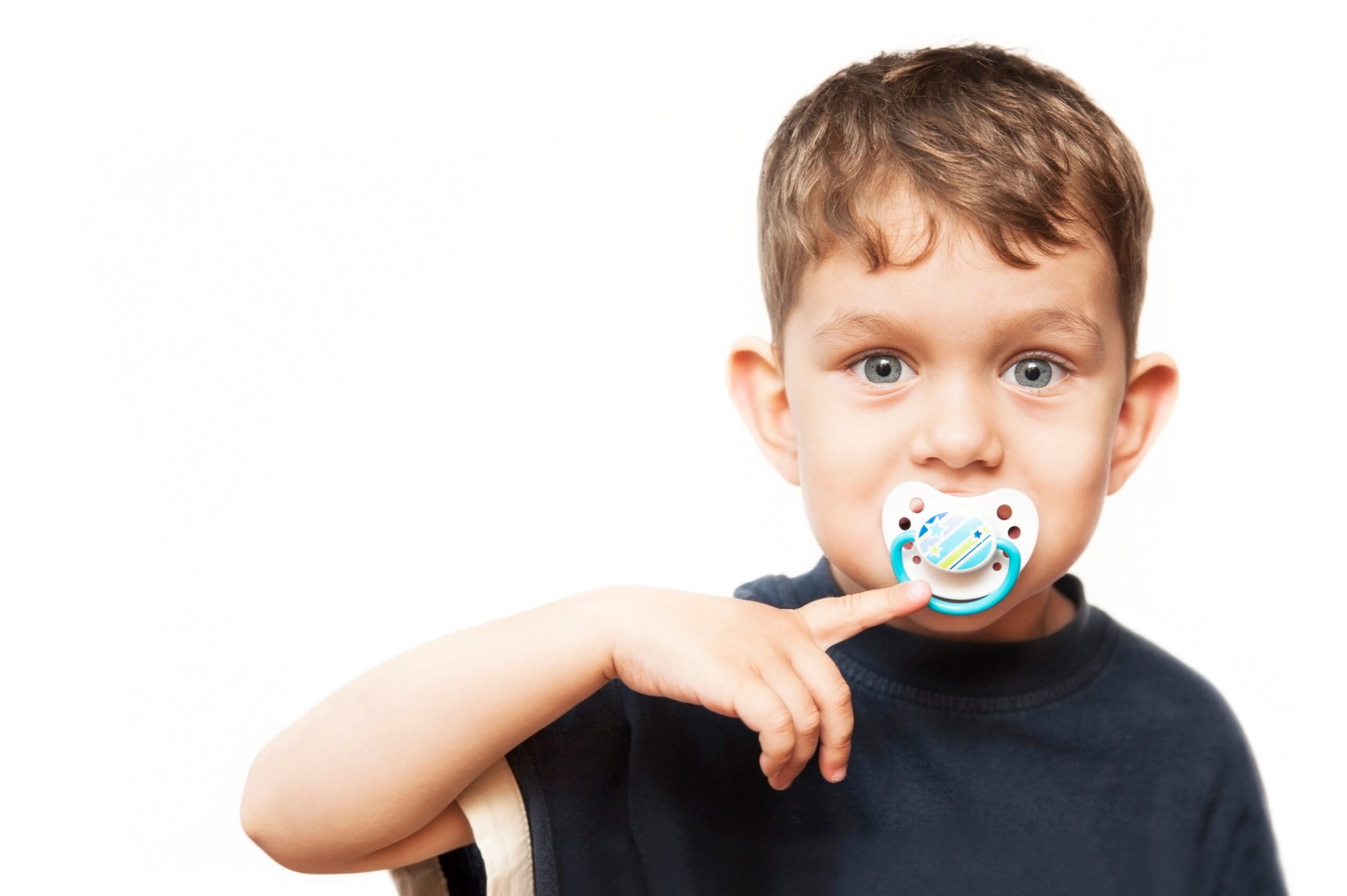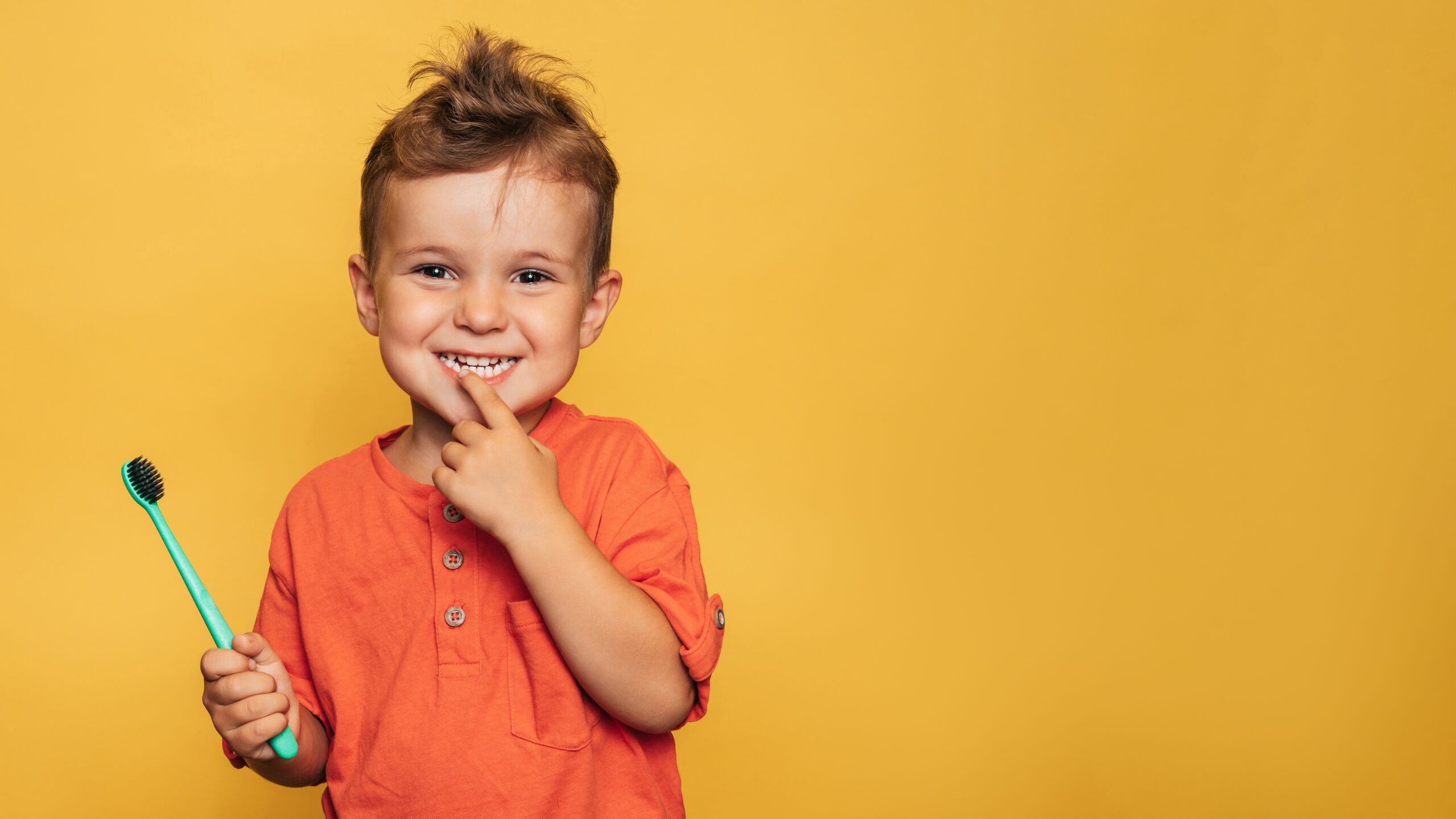
Sensory Processing Disorder
- Signs and Symptoms of Sensory Processing Disorder in Children
- Sensory Processing Disorder in Teens: Signs, Symptoms, Diagnosis & Treatment
- Sensory Processing Disorder (SPD) in Adults: Signs, Diagnosis, Treatment & Coping Strategies
- Types of Sensory Processing Disorder (SPD): Symptoms, Characteristics & Treatment
- Sensory Processing Disorder Treatment Options & Best Therapies for SPD in Children and Adults
- Living with Sensory Processing Disorder: Daily Tips, Support Strategies, and Family Guidance
- Vestibular and Proprioceptive Processing in Sensory Processing Disorder (SPD)
- Causes and Risk Factors of Sensory Processing Disorder (SPD): What Science Knows
- How Is Sensory Processing Disorder Diagnosed? Tests, Signs, and Evaluation Tools
- Stimming Behaviors in Sensory Processing Disorder: What They Are and Why They Matter
- Sensory Processing Disorder and Learning: How Sensory Challenges Affect Education
- Sensory Diet Strategies for Kids: Effective Tools for Sensory Regulation
- Sensory Integration Disorder and Sensory Integration Therapy
- Sensory Discrimination Disorder
- Sensory Modulation Disorder: Symptoms, Subtypes, and Treatment Strategies
- Sensory Over-Responsivity (SOR): Signs, Causes, and How to Help Kids and Adults Cope
- Sensory Under-Responsivity: Signs, Causes, and Support for Children and Adults
- Sensory-Based Motor Disorder: Signs, Symptoms, and Effective Treatments for Children and Adults
- Visual Processing Disorder: Signs, Symptoms & How to Support Visual Learning Challenges
- Auditory Processing Disorder (APD): Symptoms, Diagnosis & Treatment for Children and Adults
- Sensory Seeking/Craving: Understanding, Identifying, and Supporting Sensory Seekers
- Dyspraxia (Developmental Coordination Disorder): Understanding SBMD and Its Impact
- Postural Disorder: Causes, Symptoms & Treatment | Sensory-Based Motor Disorder Guide
Sensory Diet Strategies for Kids: Effective Tools for Sensory Regulation

Authored by: The DrSensory Editorial Team
Reviewed by: 🛡️ DrSensory Clinical Review Board
Last updated: June 2025
Sensory Diet Strategies: Tools to Support Sensory Processing and Regulation
A sensory diet is a customized set of physical activities and sensory input designed to help individuals with Sensory Processing Disorder (SPD) or related sensory challenges stay regulated, focused, and calm throughout the day.
Just like our bodies need regular meals for physical nourishment, a sensory diet provides the “neural nourishment” that the nervous system needs to function at its best.
At DrSensory.com, we break down evidence-based sensory diet strategies that parents, teachers, and therapists can use to support children’s daily regulation.
Key Sensory Diet Activities by Sensory System
✅ Proprioceptive Input (Deep Pressure & Body Awareness)
High-impact, regulating, and essential for most kids with SPD.
- Jumping on a trampoline
- Animal walks (crab, bear, frog)
- Carrying or pushing heavy objects (e.g., a laundry basket)
- Wall pushes or resistance bands
- Weighted blankets or compression garments
✅ Vestibular Input (Balance & Movement)
Use with care — some kids crave it, others get overstimulated.
- Spinning (on swings or office chairs)
- Rocking or swinging in a hammock
- Jump rope or hopscotch
- Rolling down a hill or therapy ball exercises
✅ Tactile Input (Touch)
Great for calming or alerting, depending on the child’s needs.
- Sensory bins (rice, beans, water beads)
- Brushing protocols (e.g., Wilbarger Protocol — OT-guided)
- Playdough, kinetic sand, finger painting
- Deep pressure massage or lotion rubs
✅ Auditory & Visual Input
Can help with regulation or overstimulate, depending on the child.
- White noise or nature sounds
- Noise-canceling headphones in loud environments
- Soft, dim lighting or lava lamps
- Visual timers and picture schedules
How to Build a Daily Sensory Diet Routine
Consistency is key. A sensory diet should be integrated naturally throughout a child’s day at:
🏠 At Home
Morning: Jumping jacks or trampoline time before school
Midday: Playdough or heavy work during lunch breaks
Evening: Deep pressure massage before bed
🏫 At School
Sensory breaks between subjects
Seated wiggle cushions or fidget tools
Desk push-ups or wall sits
🧳 On the Go
Travel kits with chewable jewelry, sensory toys
Visual schedules for transitions
Noise-canceling headphones in busy places (e.g., malls, airports)
📝 Tip: Use a visual sensory diet schedule to help the child anticipate and transition between activities.
Who Benefits from a Sensory Diet?
Sensory diets are often used for children with:
- Sensory Processing Disorder (SPD)
- Autism Spectrum Disorder (ASD)
- ADHD
- Anxiety
- Developmental delays
Even children without a formal diagnosis can benefit from sensory strategies that support emotional regulation and body awareness.
Sensory Diet Goals: Why They Work
A well-designed sensory diet can:
- Improve self-regulation and emotional control
- Enhance focus and academic performance
- Reduce meltdowns and anxiety
- Support better transitions and sleep hygiene
- Encourage independence and confidence
🔍 Remember: Not all sensory diets are alike. What calms one child may overstimulate another.
FAQ: Sensory Diet Strategies
❓ What is a sensory diet?
A sensory diet is a customized plan of sensory activities developed by an occupational therapist to help a child stay regulated and engaged.
❓ Who creates a sensory diet?
A licensed pediatric OT, often trained in sensory integration therapy, will design a sensory diet based on a child’s unique sensory needs and challenges.
❓ How often should sensory diet activities be used?
Typically every 1–2 hours throughout the day in short bursts (5–15 minutes), depending on the child’s sensory threshold and routine.
❓ Can I create a sensory diet at home without an OT?
While you can implement general sensory-friendly activities, it’s best to consult an OT to ensure activities are safe and effective for your child’s profile.
❓ What if my child resists sensory diet activities?
This can indicate sensory avoidance or overstimulation. Adjust the type, intensity, or timing, and always follow the child’s cues. OTs can help troubleshoot.
This page provides general educational content and is not a substitute for professional medical advice. Always consult a licensed provider for diagnosis and treatment.
View privacy policy, copyright and trust info
More on SPD

- Signs and Symptoms of Sensory Processing Disorder in Children
- Sensory Processing Disorder in Teens: Signs, Symptoms, Diagnosis & Treatment
- Sensory Processing Disorder (SPD) in Adults: Signs, Diagnosis, Treatment & Coping Strategies
- Types of Sensory Processing Disorder (SPD): Symptoms, Characteristics & Treatment
- Sensory Processing Disorder Treatment Options & Best Therapies for SPD in Children and Adults
- Living with Sensory Processing Disorder: Daily Tips, Support Strategies, and Family Guidance
- Vestibular and Proprioceptive Processing in Sensory Processing Disorder (SPD)
- Causes and Risk Factors of Sensory Processing Disorder (SPD): What Science Knows
- How Is Sensory Processing Disorder Diagnosed? Tests, Signs, and Evaluation Tools
- Stimming Behaviors in Sensory Processing Disorder: What They Are and Why They Matter
- Sensory Processing Disorder and Learning: How Sensory Challenges Affect Education
- Sensory Diet Strategies for Kids: Effective Tools for Sensory Regulation
- Sensory Integration Disorder and Sensory Integration Therapy
- Sensory Discrimination Disorder
- Sensory Modulation Disorder: Symptoms, Subtypes, and Treatment Strategies
- Sensory Over-Responsivity (SOR): Signs, Causes, and How to Help Kids and Adults Cope
- Sensory Under-Responsivity: Signs, Causes, and Support for Children and Adults
- Sensory-Based Motor Disorder: Signs, Symptoms, and Effective Treatments for Children and Adults
- Visual Processing Disorder: Signs, Symptoms & How to Support Visual Learning Challenges
- Auditory Processing Disorder (APD): Symptoms, Diagnosis & Treatment for Children and Adults
- Sensory Seeking/Craving: Understanding, Identifying, and Supporting Sensory Seekers
- Dyspraxia (Developmental Coordination Disorder): Understanding SBMD and Its Impact
- Postural Disorder: Causes, Symptoms & Treatment | Sensory-Based Motor Disorder Guide
Find a Therapist near you
Are you looking for a physical, occupational, or speech therapist in your area?
Look no further than the DrSensory Therapist Database and Clinic Directory!
Find a Therapist
Find the physical therapist, occupational therapist, or speech language pathologist you’re looking for!
Ask Us Anything
Whether you are looking for advice, have a general question about sensory processing, or looking for resources.
Submit Your Story
Share your story about your child. Let’s celebrate milestones and learn more about challenges.




































